Daily struggle of Dhaka dwellers

Dhaka has worn many titles: the city of mosques, the Venice of the east, the rickshaw Capital of the World.
It's about time the metropolis gets a new moniker: the city of protests.
But Dhaka's protests are mostly a commuter's nightmare, as it amplifies the city's infamous traffic woes.
Since August 5 last year, following the fall of Sheikh Hasina through a popular uprising, it seems all 24.65 million [estimated] residents of this city have at least one demand each.
And they want them all addressed -- everything, everywhere, all at once.

Grievances, aspirations, and frustrations accumulated over the past 15 years are now flooding the streets of the capital.
From the logical to ludicrous, Dhaka's streets have become the stage for everything under the sun.
If you're navigating Dhaka's streets, consider this fair warning: the question isn't whether you'll encounter a protest, but when.
Take the recent Titumir College protests as an example. Yesterday, for the fourth day straight, students blocked the roads in front of their campus and at the Gulshan-1 intersection, demanding university status for their institution.
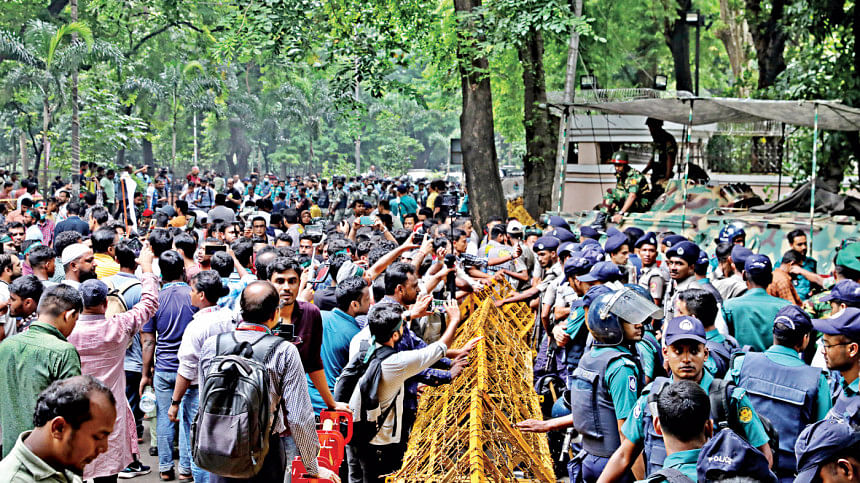
On January 30, both sides of the road were obstructed, resulting in hours-long traffic congestion. Commuters could do little but watch the clock tick.
The same group had previously blocked roads and railways in Mohakhali on November 18.
Meanwhile, injured protesters from the mass uprising took to Mirpur Road to demand better medical treatment and compensation. This caused significant disruptions on one of Dhaka's key arteries.
Simultaneously, "Inquilab Mancha" led a protest march to the home ministry, calling for the resignation of the home affairs adviser and denouncing the "safe exit" granted to individuals allegedly involved in the July killings.
January 22 saw two separate protests in Karwan Bazar and Shahbagh, while days earlier, four different protests erupted across the city -- in Mohakhali, Shikkha Bhaban, Agargaon, and Shaheed Minar.
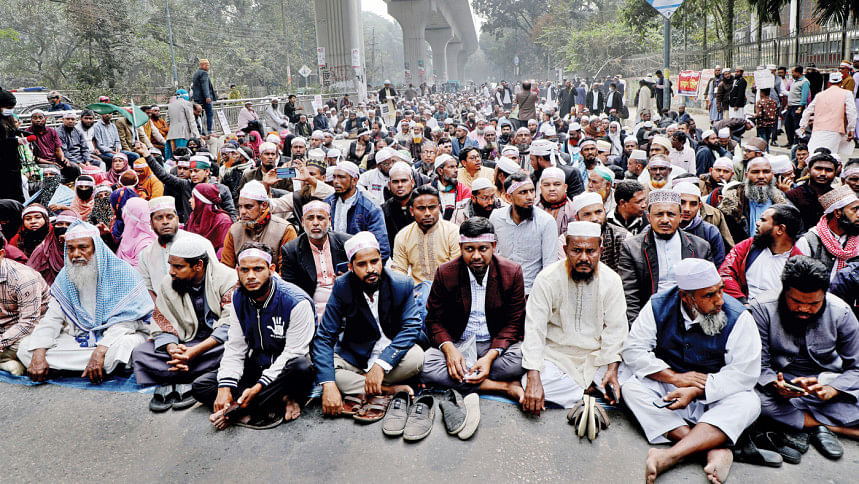
People have taken to the streets for multiple other reasons -- some demanding job regularisation, others seeking to curb corruption, and some claiming to be victims of discrimination or deprived of their rights.
Many even gathered in front of the chief adviser's residence at Jamuna (the state guesthouse) to voice their demands. Over time, Shahbagh became another preferred protest site.
Protests have erupted in various areas, including Uttara, Mohakhali, Mirpur Road, Jatiya Press Club, Secretariat, Rampura, and Kakrail, blocking key roads.
Demands have varied widely. There have been protests against not taking the HSC exams, as well as movements demanding the exams to be held again. On multiple occasions, protesters have even forced their way into the Secretariat.
On August 26 last year, hundreds of pedal rickshaw drivers blocked roads in Shahbagh, demanding a ban on battery-operated rickshaws. However, on November 19, battery rickshaw drivers launched counter-protests after a High Court ruling restricted their movement.
Other major protests include demands for raising the government job entry age to 35 and dismissed workers seeking reinstatement.
On August 13, Ansar members demonstrated for job regularisation, which escalated on August 25 when they surrounded the Secretariat.
Besides, garment workers, tea labourers, families of ex-BDR members, minority rights groups, and various other groups demonstrated on the streets.
In an attempt to address this crisis, the Dhaka Metropolitan Police (DMP) recently launched a partial traffic update service via the national emergency helpline 999. Introduced on January 28, the service provides real-time updates on road closures due to protests, construction, or accidents.

DMP Commissioner SM Sazzat Ali said, " I urge them [protesters] to stay on the sidewalk, but unfortunately, road blockades have become the preferred method of protest."
A traffic constable from DMP's Ramna division said the main reasons for increasing traffic congestion at key intersections like Shahbagh and Farmgate are the rising number of road blockades.
THE WIDER IMPACT
Dhaka, already crowned the world's slowest city by a 2023 report from the National Bureau of Economic Research, now teeters on the brink of a complete traffic meltdown.
Commuters, especially during school and office hours, endure hours-long delays, missing appointments and, in some cases, jeopardising their livelihoods.
"Yesterday, it took me over three hours just to reach my office in Karwan Bazar," said Sumaiya Rahman, a private bank employee. "By the time I got there, I had missed an important client meeting."
There are other factors that compound the city's traffic woes. An increasing number of rickshaws on major roads, ongoing construction projects, illegal parking, and vendors encroaching on footpaths all contribute to the chaos.
Randomly stationed buses and unregulated stops further clog the streets.
"Every day feels like a gamble," said Ashfaq Hossain, a father of two. "I can never be sure if I'll be able to pick up my kids from school on time. The stress is unbearable."
The economic cost? Incalculable.
Delayed deliveries, missed business opportunities, and lost productivity add up to a staggering loss for the city's economy.
"I run a small business, and my deliveries are always late," said Kamrul Islam, a shop owner in Old Dhaka. "Customers get angry, and I lose money every day because of this mess."
EFFORTS PROVE INSUFFICIENT
Between September 1 and December 31, 2024, the DMP's traffic division issued 139,001 traffic violation cases, resulting in fines totalling nearly Tk 50 crore. The DMP also confiscated 45,457 battery-operated rickshaws and 5,979 foot-operated rickshaws during this period.
The police have deployed 4,200 officers and 600 student representatives to enhance enforcement. Recently, the government has introduced traffic signal systems at four key intersections using manual technology and formulated a policy to regulate battery-powered rickshaws.
Yet, these measures have done little to ease congestion.
Besides, construction for MRT Line-5 and Line-1 has prompted public advisories to avoid several areas, including Gulshan-2, Uttar Badda and Aftabnagar.
Traffic congestion persists in hotspots like Pragati Sarani, Vatara, and Badda due to metro rail construction, while dug-up roads in Moghbazar-Mouchak and gridlocks in Old Dhaka worsen the crisis.
Lalbagh Traffic Division ADC Abu Sayeed blamed increasing auto-rickshaw numbers, street vendors spilling onto roads, and reckless bus operations as reasons behind Dhaka's traffic mess.
Echoing him, Mofizul Islam, deputy commissioner (Traffic-Gulshan) of the DMP, said roads under his division have been narrowed down due to ongoing metro rail construction.
Those interviewed by this newspaper, both commuters and cops, said while protests are a democratic right, their unchecked proliferation -- especially in a city as congested as Dhaka -- requires urgent attention.
Authorities must strike a balance between allowing citizens to voice their grievances and ensuring that the city remains functional, they added.
Experts have called for designated protest zones, stricter enforcement of traffic regulations, and better urban planning.
For now, Dhaka's streets remain a battleground of demands and a cacophony of grievances disrupting the daily rhythm of life.


 For all latest news, follow The Daily Star's Google News channel.
For all latest news, follow The Daily Star's Google News channel. 


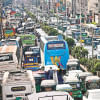
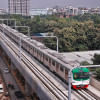
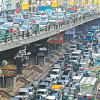



Comments